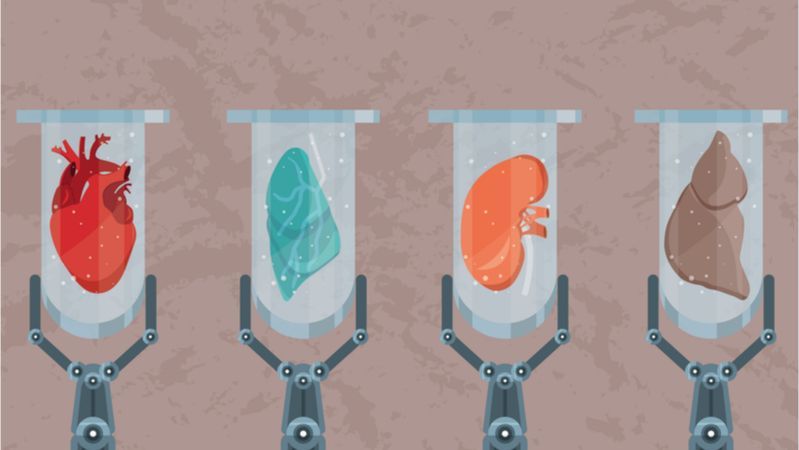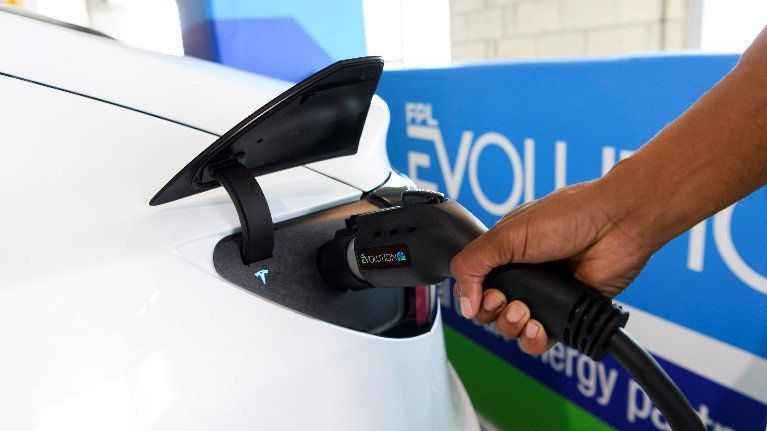The ability to create synthetic organs has long been desired in medicine. If we could make synthetic organs for patients from their own cells, we could replace injured or damaged organs without risking the body rejecting the organ. This would have huge implications for the treatment of liver and kidney diseases, among others. For years, scientists have tried to perfect this technology but have been unable to solve the blood flow problem that has made the creation of synthetic organs impossible.
In the last few weeks, a group of scientists appear to have found the solution to this problem or, at least, a major part of it [1].






